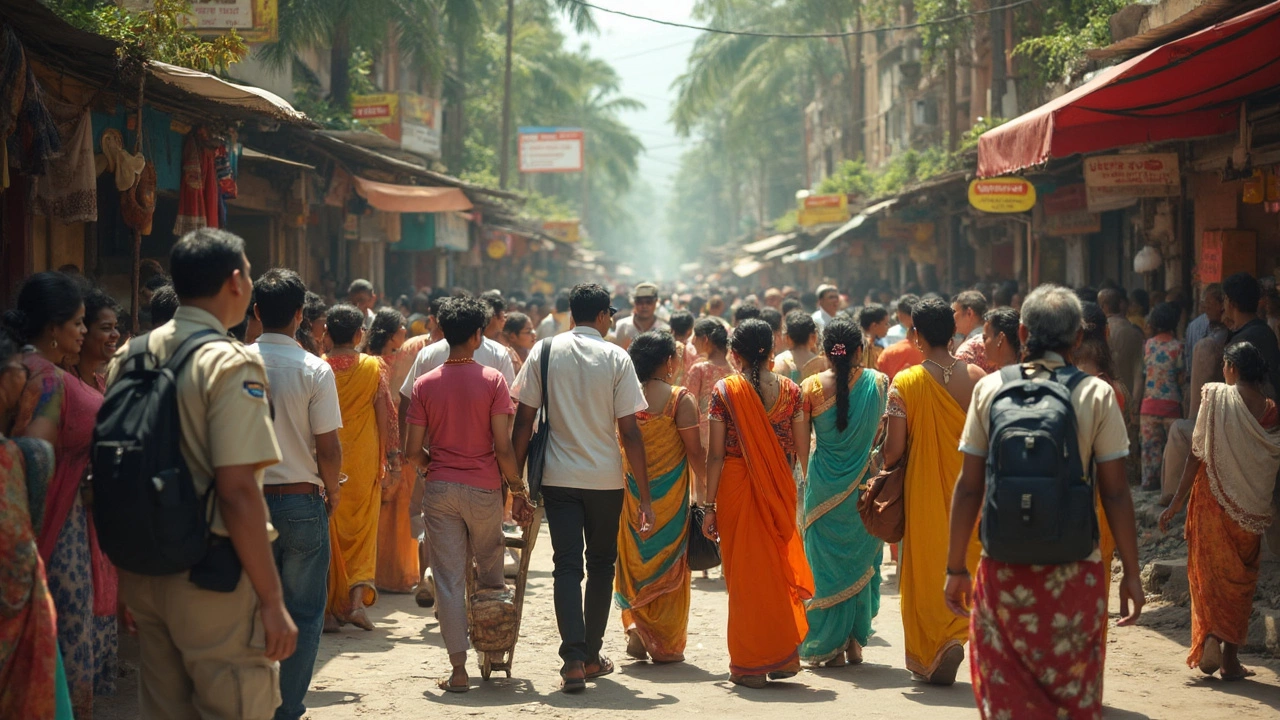SEARCH
India Travel Safety: Practical Tips for a Secure Journey
Traveling across India is an adventure, but a few simple habits can keep it safe and fun. Below you’ll find real‑world advice you can use right away, whether you’re hopping between airports or trekking in the hills.
Key Safety Areas to Focus On
Airports and flights – Choose the cleanest and safest airports, like Delhi and Mumbai, which have good security checks and clear signage. Arrive early, keep your boarding pass and ID handy, and keep valuables in a zip‑locked pouch in your carry‑on.
State safety – Some states report lower crime rates and better tourist support. South India’s safest state, according to local reports, offers calm streets and helpful locals. When you head to a new region, check recent traveler reviews for any safety alerts.
Food and health – Food‑related illness is a common worry. Stick to cooked dishes, avoid raw salads from street stalls, and drink bottled or filtered water. Our guide on what to eat in India gives more specifics on safe choices.
Personal belongings – Use a money belt or hidden pouch for passports and cash. When using public transport, keep bags close and lock zippers. If you carry jewelry, be aware of customs rules – you usually don’t need to declare personal pieces, but it helps to know the limits.
Trekking and outdoor activities – Follow the 3‑layer rule for hiking: base, mid, and shell. Adjust clothing as the weather changes, and always let someone know your route. Guides in popular trekking spots are usually vetted and can help with safety.
Quick Checklist Before You Go
1. Emergency numbers – Save 112 (general emergency) and the local police number for the state you’ll visit. Keep a copy of the nearest hospital address.
2. Travel insurance – Choose a policy that covers medical emergencies, lost baggage, and trip cancellations. It’s a small cost for big peace of mind.
3. Local transport tips – Use reputable ride‑hailing apps or pre‑booked taxis. If you rent a scooter, wear a helmet and carry a valid driving license.
4. Health prep – Pack a basic first‑aid kit, any prescription meds, and a few over‑the‑counter tablets for stomach upset.
5. Document backup – Photograph your passport, visa, and ticket. Store the images on your phone and email a copy to yourself.
Following these steps lets you focus on the amazing sights—like UNESCO heritage cities, stunning beaches, and vibrant festivals—without constant worry. Remember, most travelers have safe experiences in India; a little preparation goes a long way.
Enjoy your trip, stay alert, and make the most of India’s incredible diversity.

Is India Safe for Tourists Now? South India Travel Guide
Travelers planning a trip to South India in 2025 want to know if the region is safe and what to expect. This guide digs into the current reality, shares practical safety tips, and points out what has changed for tourists. Find advice specific to South India, plus real experiences and up-to-date facts to help you travel smarter. Get ready for clear, honest answers to the questions travelers are actually asking. No sugarcoating, just what you need to plan confidently.
Continue reading